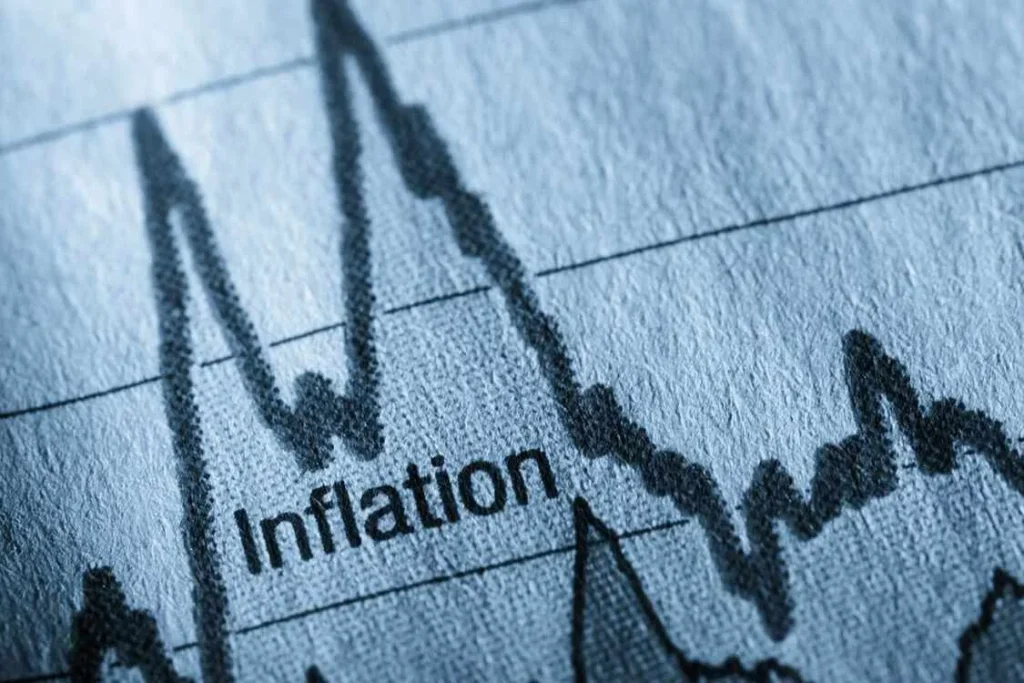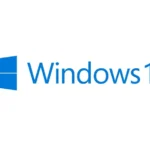Inflation is something that affects all of us, and when prices start rising quickly, it can feel like your hard-earned money isn’t going as far as it used to. Whether it’s the increasing cost of groceries, gas, or rent, inflation eats away at your purchasing power. So, how can you protect and grow your savings in a high inflation economy? In this blog, we’ll walk you through several practical strategies to maximize your savings and stay ahead during these tough financial times.
1. Understand the Impact of Inflation on Your Savings
Inflation refers to the rise in prices over time, meaning that the value of money decreases as the cost of goods and services increases. Simply put, the more inflation rises, the less you can buy with the same amount of money. This means that money sitting in a regular savings account, earning little to no interest, is losing value every day.

To protect your savings, it’s essential to find strategies that either keep up with or outpace inflation. By learning how inflation impacts different types of savings and investments, you can make smarter decisions about where to store your money.
2. Prioritize High-Interest Savings Accounts and Alternatives
One of the easiest ways to start fighting inflation is by moving your money into a high-interest savings account or a similar product that offers better returns than a traditional account. Many online banks offer high-yield savings accounts with interest rates that are much more competitive than what you’d find at a regular bank. These accounts allow your money to grow faster, helping to offset some of the effects of inflation.
Other alternatives to explore include:
- Money Market Accounts (MMAs): These accounts typically offer higher interest rates than traditional savings accounts while providing access to your funds when needed.
- Certificates of Deposit (CDs): CDs lock your money away for a set period (from months to years) in exchange for a fixed interest rate. While they aren’t as liquid as savings accounts, they can offer better returns during high inflation.
The key is to shop around for the best rates and ensure you’re getting the most out of your savings.
3. Invest in Inflation-Protected Securities
For those looking to safeguard their savings from inflation directly, Treasury Inflation-Protected Securities (TIPS) are an excellent option. TIPS are U.S. government bonds that adjust with inflation, ensuring that the value of your investment rises as inflation increases. The principal value of TIPS increases with inflation and decreases with deflation, which helps protect your purchasing power.
In addition to TIPS, you can consider investing in other inflation-adjusted or inflation-protected assets. These types of investments can help hedge against rising prices while providing more security than standard bonds or savings accounts.
4. Diversify Investments to Hedge Against Inflation
While keeping some of your savings in safer, inflation-protected securities is wise, it’s also important to diversify your investments. Certain asset classes tend to perform well during periods of inflation, including:
- Stocks: Particularly in sectors like technology, healthcare, and consumer goods, companies can pass rising costs on to customers, which can help their stocks keep up with inflation.
- Real Estate: Property values and rents often rise with inflation, making real estate a popular hedge. Investing in real estate through REITs (Real Estate Investment Trusts) or direct property ownership can be a solid strategy.
- Commodities: Commodities like gold, silver, and oil tend to do well in inflationary environments as their prices rise with the cost of living.
The goal of diversification is to spread risk across different investment types, ensuring that your overall portfolio has the potential to grow even if certain areas of the economy struggle with inflation.
5. Cut Unnecessary Expenses and Boost Savings
One of the most effective ways to increase your savings in an inflationary economy is by cutting unnecessary expenses. When prices rise, it becomes even more critical to carefully evaluate where your money is going. Review your monthly spending and identify areas where you can cut back, such as dining out, subscriptions, or impulse buys.
In addition to cutting costs, consider boosting your savings rate. Even a small increase in how much you save each month can make a big difference over time. Automating your savings contributions is a great way to ensure that you’re consistently putting money aside.
Another tip: pay down high-interest debt as quickly as possible. Interest rates on debt like credit cards can increase during inflation, meaning the longer you hold onto that debt, the more expensive it becomes.

6. Optimize Your Budget to Counter Inflation
It’s essential to adjust your budget to account for inflation. Focus on the categories most impacted by rising prices, like groceries, utilities, transportation, and housing. You may need to shift funds around to cover the increased costs while still saving money.
Budgeting apps and tools can help you track your spending, spot areas where inflation is hitting the hardest, and find opportunities to save. These tools provide a clear overview of your financial situation, allowing you to make more informed decisions.
It’s also smart to build an emergency fund if you don’t already have one. Aim to save enough to cover 3-6 months of living expenses. This safety net can provide peace of mind and protect you from needing to dip into your long-term savings during tough times.
7. Negotiate and Lock in Fixed Costs
Another useful strategy during inflation is to negotiate or lock in fixed costs whenever possible. Look for opportunities to secure fixed rates on things like utility bills, insurance premiums, or subscription services. Many companies offer discounts or fixed-rate contracts that can help you avoid price hikes over time.
Additionally, if you have debt with variable interest rates, like credit card balances or certain types of loans, consider refinancing or consolidating to secure a fixed, lower interest rate. This can save you money in the long run and help protect against rising rates.
8. Take Advantage of Employer Benefits and Tax Incentives
Many employers offer benefits that can help boost your savings. For example, if your employer offers a 401(k) match, make sure you’re contributing enough to take full advantage of it. This is essentially free money that helps your retirement savings grow faster.
You can also maximize savings by contributing to tax-advantaged accounts like Health Savings Accounts (HSAs) or IRAs (Individual Retirement Accounts). HSAs, in particular, offer triple tax advantages: contributions are tax-deductible, earnings grow tax-free, and withdrawals for qualified medical expenses are also tax-free.
These accounts can help you save for the future while also reducing your taxable income today.
Conclusion
Inflation can be challenging, but with the right strategies, you can protect and even grow your savings. By prioritizing high-interest savings accounts, investing in inflation-protected securities, diversifying your portfolio, and cutting unnecessary expenses, you can ensure your money works harder for you. Adjusting your budget, locking in fixed costs, and taking advantage of employer benefits will also help you stay ahead of inflation and maintain financial resilience.
Stay proactive and flexible, and you’ll be in a much stronger financial position no matter what the economy throws your way.

Lila is a seasoned writer at waytoactivate.com, where she crafts comprehensive guides on digital activation and technology. With a background in Information Technology and over 6 years of writing experience, Lila excels in translating complex tech concepts into clear, accessible content. Her expertise ensures that readers receive practical, reliable information to enhance their digital experiences. Follow Lila for the latest updates and tips on activating your favorite services at Instagram.







